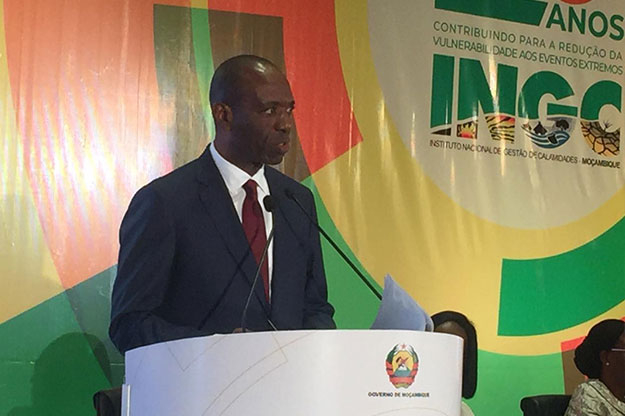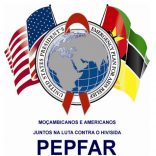Appointment of first female Prefect for Vatican Dicastery a plus towards dignity for all: ...
PM calls for sustainable management of arid areas at INGC symposium – Mozambique

Photo: INGC
Mozambican Prime Minister Carlos Agostinho do Rosario called on Wednesday for greater efforts to find scientific and technological means for the use and sustainable management of natural resources in the country’s arid and semi-arid zones.
He stressed in particular the provision of drinking water, reforestation, the control of erosion, and recovering and protecting exhausted land.
Rosario launched this challenge at the opening in Maputo of a symposium organised by the Mozambican relief agency, the National Disaster Management Institute (INGC), on Strategies for the Integrated Development of Arid Areas.
Financing mechanisms

The Prime Minister told the participants that implementing actions to ensure full use of the potential of the arid areas “will require from you identifying and seeking out financing mechanisms to raise climate resilience and turn districts with arid and semi-arid characteristics into zones of integrated development”.
He added that this fits into the government’s vision to reduce the vulnerability of the 2.8 million people living in the 27 Mozambican districts classified as arid or semi-arid. It was also part of the implementation of the government’s Disaster Risk Master Plan for the 2017/2030 period, which seeks to lessen the vulnerability of local communities and of the Mozambican economy and infrastructures to the impact of natural disasters.
The government’s vision, Rosario continued, “consists of an integrated approach to reducing the loss of human lives and of livelihoods, as well as preventing the occurrence of new disaster risks, through increasing climate resilience”.
This approach “seeks to strengthen the capacities of communities to confront the challenges posed by the impact of climate change, such as food insecurity and soil degradation”, he said.
Banking on building facilities
Hence the government is banking on building facilities to impound and conserve water, and to restore the natural environment and landscape.
Rosario gave the example of the construction, in the southern province of Gaza, of 21 reservoirs, each with the capacity to store 25,000 cubic litres of water, and the installation of 56 small sprinkler-based irrigation systems.
These facilities currently benefit over 4,000 households and about 42,500 head of cattle. They have increased by 360 hectares the area under cultivation in the arid northern districts of Gaza.
But many more reservoirs are required, Rosario admitted. “Our greatest challenge now is to assure the availability of water for human consumption, for increasing food production and for livestock to drink”, he said.
Crop plants for arid regions
For her part, the INGC general director, Augusta Maita, said the INGC is aware of the challenges posed by arid areas. Nonetheless, she was convinced that certain crops can be grown here that would both feed the local population and be a source of income.
She added that other key areas for INGC intervention include “consolidating the early warning systems, and improving our logistical system for dealing with emergencies”.













Leave a Reply
Be the First to Comment!
You must be logged in to post a comment.
You must be logged in to post a comment.